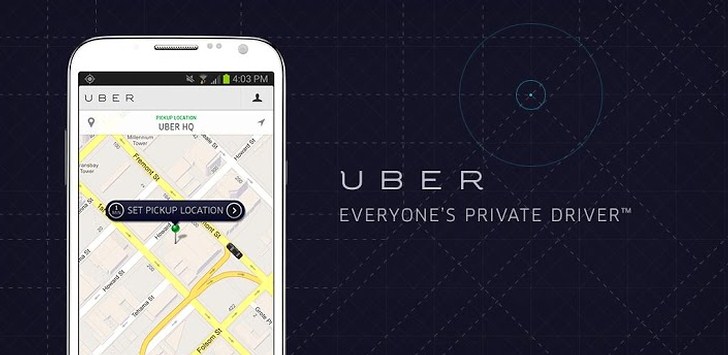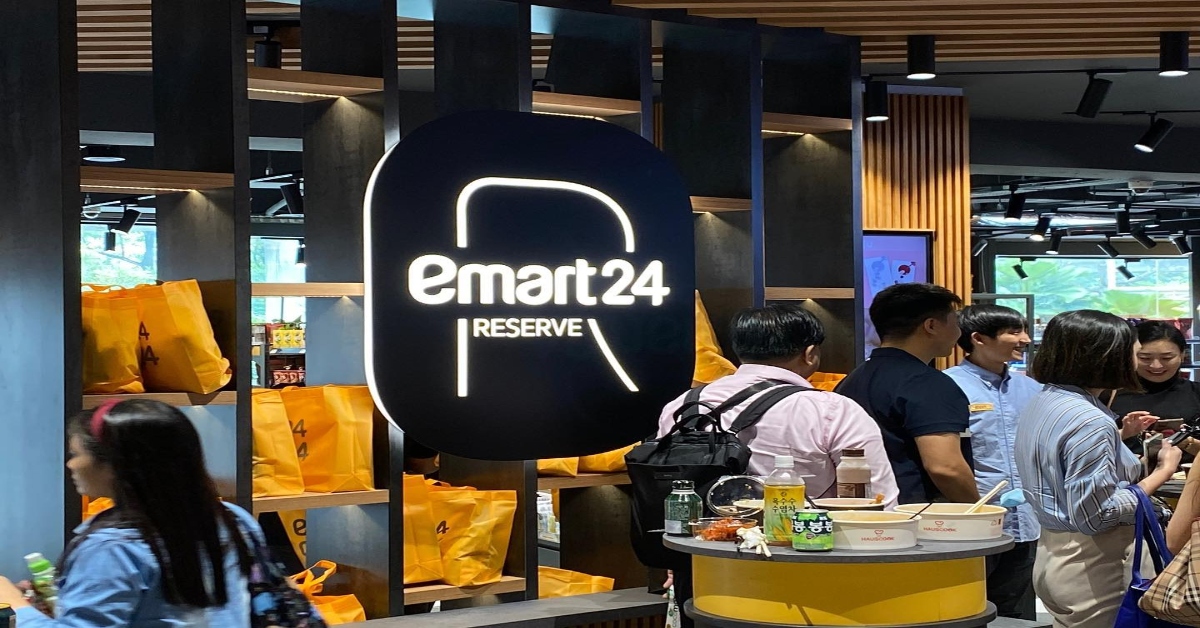The Golden Child of the domestic car transport industry – Uber, has in its little over five years of existence, managed to make inroads into 42 countries, encompassing around 200 cities worldwide.
The technology company based in San Francisco brought to the Taxi industry a model that had never been seen before. Functioning primarily through their technology setup, Uber facilitated the commercializing of private vehicles to be used as cabs; owning not a single vehicle, yet wielding an immense power over the market. This was in part, due to the convenience factor brought by its seamless, cashless payment system.
With its explosive growth came a fair share of controversy and contempt by both competitors and taxi unions. Over time however, they managed to brave these troubles and get ahead. But just over a year ago, Uber took yet another step in world domination with its move into one the most coveted, yet tricky markets on the planet – India.
Uber’s India strategy was a safer one, as opposed to its U.S. model which was further imposed in many countries all over the world. Here in India, Uber opted to work with licensed transport operators. This move, though not saving them from taxi hostility, has helped them avoid the terrible legal disputes they’ve attracted elsewhere.
However, even bypassing this trouble, Uber has managed to ruffle up some other feathers. Upon entering India, Uber gave up one of its two most characteristic features – hiring unlicensed individuals to operate their private vehicles as cabs. The only differentiating feature they now possessed was their very convenient payment system; but of late, that too has run into some trouble of its own.
When Uber stuck to their usual payment system upon entering into India, they narrowed their market to Smartphone users. In a developing nation filled with an assortment of social strata, this might not have been the most expansive approach. However, given their tariffs, it was safe to say their demographic would well be taken care of. But when they went for storing credit card information, they were expecting too much of a country that has just recently begun easing into online payment and e-commerce.
Yet, this wasn’t the worst bit.
Uber’s payment format made the most of a loophole in the Indian financial regulation systems by routing cab fare payments to the company’s foreign bank, which in turn, then sent drivers their payments back in India. By doing so, Uber managed to bypass a credit card verification process in India, allowing their payments to operate in a similar manner as they do the world over. In India, this gave Uber a competitive advantage over its Indian counterparts who by virtue of being Indian companies, could not exploit this.
This slick move however, came to the notice of India’s Central Bank – The Reserve Bank of India (RBI), who upon hearing of this, made the required modifications, rendering Uber’s payment process illegal. Given until the 31st of October to comply, Uber has got to find a way to change the second and probably only other defining feature of its operations.
Given the size and lure of the Indian market, it is more than likely that Uber would choose to modify their systems instead of leaving the ever-growing, lucrative Indian market. But now, they have been stripped off of their most defining differentiations, thus putting them on a level playing field with its Indian competitors.
Ola Cabs
Uber’s prime rival in India is the four-year-old Indian startup – Ola Cabs. Operating in a very similar manner as the American bigwig, Ola Cabs has one key differentiator at the moment – a telephone hotline. Working alongside its Android and iOS applications, the telephone hotline accounts for about half of its bookings – a half that, due to its likely lack of Smartphones, Uber cannot cater to.
Covering twelve cities, as opposed to Uber’s ten, Ola too works with a slew of partners in providing its services, thus again acting as little more than just an intermediary. Opposed to Uber, Ola accepts debit/credit-card pre-payments as well as cash payments; a feature that would seem very appealing to the Cash-on-Delivery loving Indian masses.
With very competitive rates, similar layout, and operations procedure, while barring for a few crucial exceptions, Ola Cabs is quite the competitor to the mighty, cash-rich Uber and at the moment, seems better placed to take over the market, due the the American giant’s current troubles.
Meru
The other big player in this game is another local company, which also happens to be the oldest player in the industry, Meru made its first moves in 2006, even before the $18 billion Uber was founded.
Following a model totally different from its biggest rivals, Meru owns its cabs, while drivers rent it out from them. This is in contrast to Ola and Uber, who work with licensed taxi operators for their vehicles. With a presence in eleven cities, Meru’s reach is about as much as it main competition.
When it comes to booking a cab, Meru, like Ola, operates a call center in addition to its Android and iOS application bookings. Another similarity between the two is in its payments. Just like Ola, Meru too accepts cash as well as credit and debit cards.
The oldest kid on the block, Meru has not yet gone the way of the dinosaurs, even in the wake of its more innovative competition. Keeping things alive with its recent diversifications within the industry, Meru is a force to be reckoned with.
India is at a point in time where frustrations due to cabs and their ever-increasing rates are at a high. The iconic cabs of Mumbai, which are the most organized in India, call strikes as and when they please in order to raise their rates and quite easily succeed with it. This, apart from a haughty attitude to refuse customers at their will, has led to a lot of resentment. It’s about time this monopoly was brought down in favor of friendlier services offered by new and efficient competition.
Uber has got a lot on its plate in order to be able to structure itself to suit the Indian market and it seems likely they will; but even then, with the competition offered by our homegrown players, things won’t be too easy for them. But thankfully, with all that’s going on, I expect that happier days for every Indian’s pocket are just around the corner.















